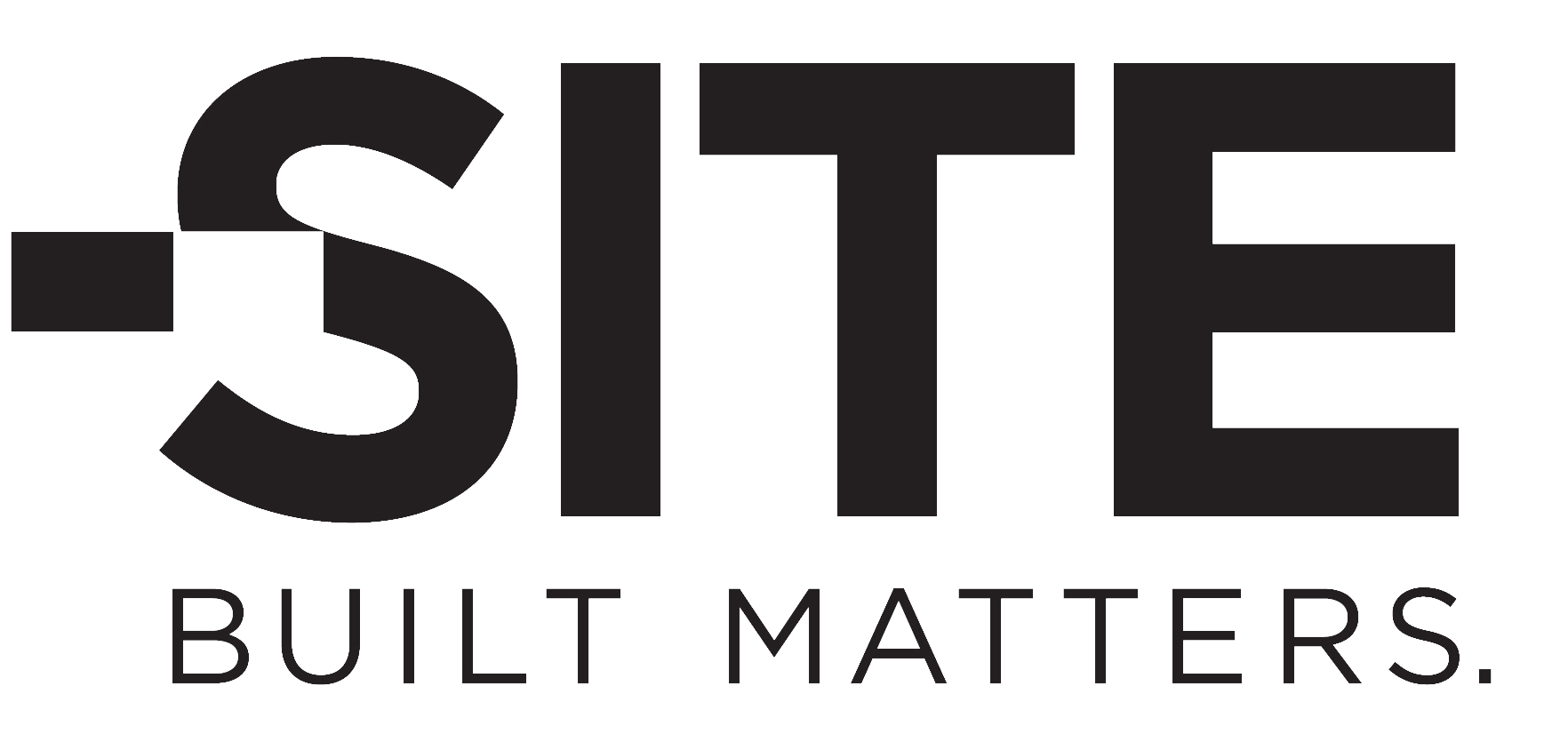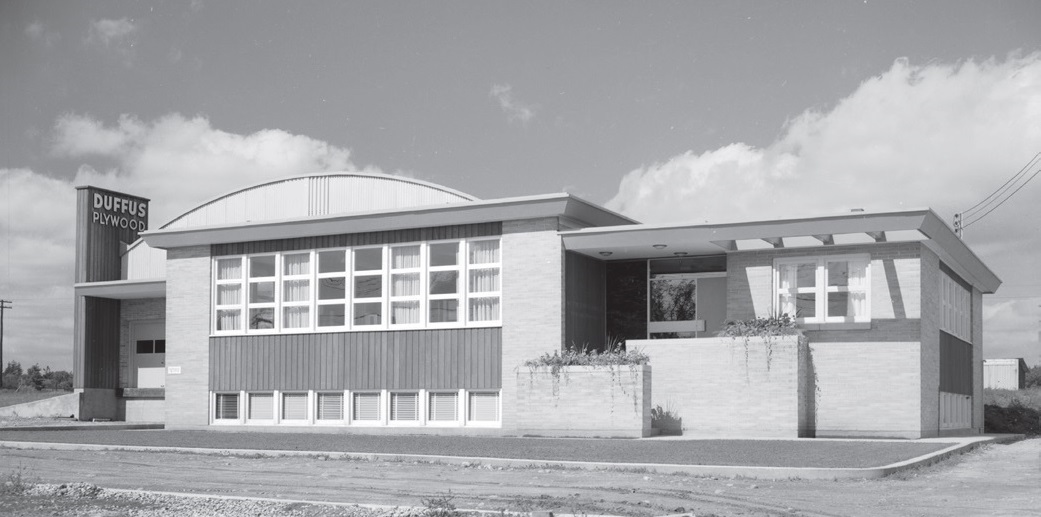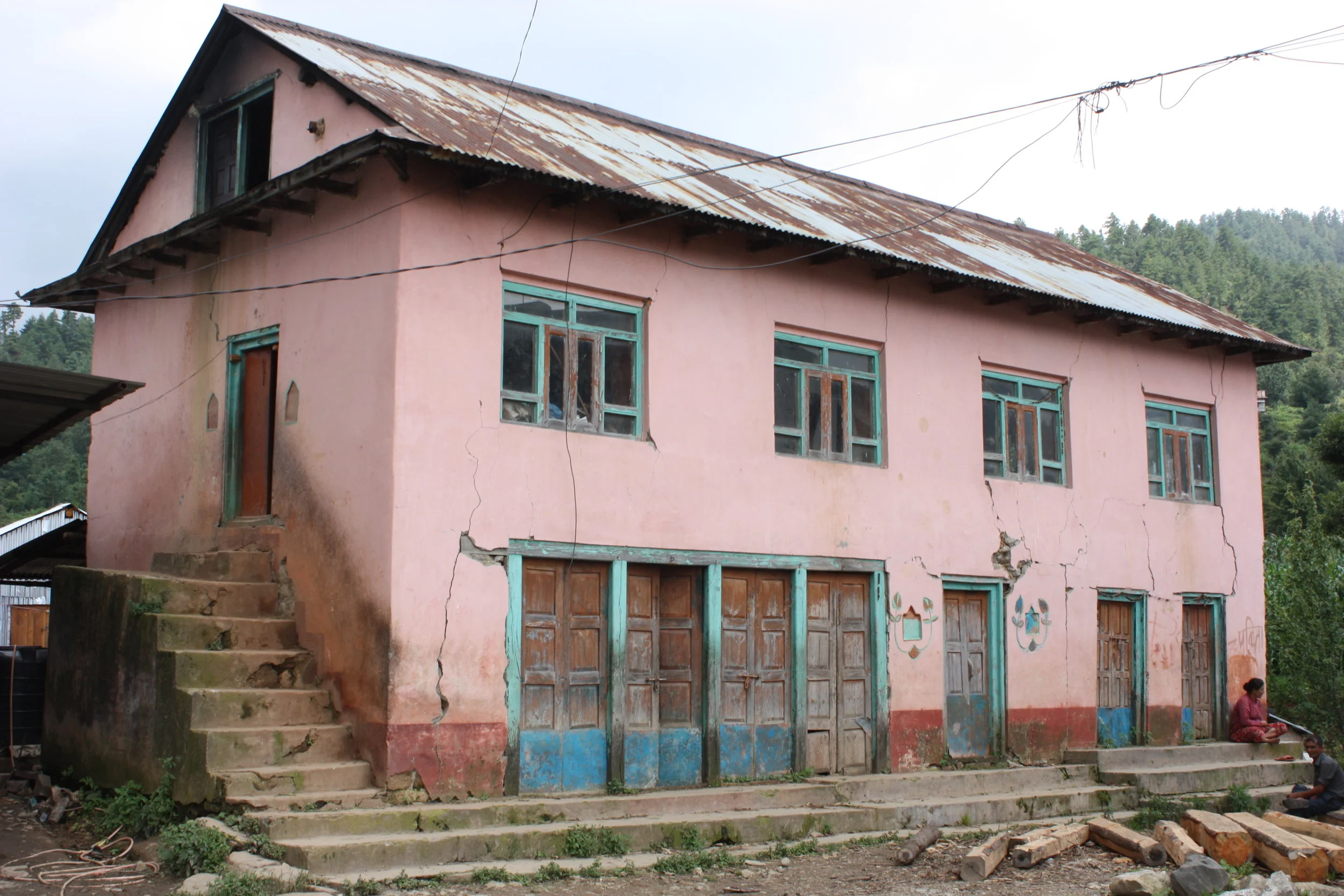Reconsidered Vernacular

By Virginia Fernandez
Architectural discourse values the vernacular for its beauty, environmental performance, seamless connection to the landscape, use of local materials, and the craft of its making. The renewed concern with the vernacular can be seen as a response to the overtly digital trends of the last decades, and the overall shift in the profession towards ecologically sustainable construction. There is an undeniable allure in a hand-cut mortise and tenon joint, and its reinterpretation by Herzog & de Meuron or Peter Zumthor. However, the definition of vernacular architecture as “...concerned with domestic and functional rather than public or monumental buildings” (1) includes millions of informal dwellings spreading throughout Asia, Africa and South America. These buildings, especially in large cities, exhibit none of the qualities we typically associate with the vernacular; they are built with inexpensive prefabricated materials, radically modifying the landscape and often depleting and polluting natural resources. Many provide, by any measure, substandard living conditions. Yet, these buildings solve the urgent necessity of dwelling in the city, through an evolving tradition of building. This vernacular is based on the necessity to dwell, cultural aspirations, and ingenuity to adapt to the surroundings.
In Caracas, Venezuela, informal settlements known as barrios host more than half of the city’s population. (2) Houses in the barrio are built on steep hills by terracing the land and illegally occupying it. The initial shack or rancho walls and roof are built from found materials: cardboard boxes, zinc sheets, small logs, wood, and reeds. Soon after it is built, the rancho gets illegal connections to electricity, running water, and sewage. After months or maybe years, a concrete frame and slab are poured and brick infill walls are built around the shack. The materials used are simple and relatively standard, using a basic combination of a concrete frame and slabs, clay brick or concrete block infill walls, and a zinc or plastic panel roof. The house is usually built by the family and their close friends and neighbours. If the family members work, construction is done on the weekends or in the evenings. Others with construction experience, who usually live in the same barrio, are sometimes hired to help with more complicated tasks like pouring the concrete frame and stairs. This first structure expands over decades to accommodate two or three more stories. The speed of construction depends on the household’s changing income and growth such that multiple generations often live together and the houses remain under perpetual construction.
The study of vernacular construction in the barrios is fundamentally removed from the anachronistic idealization of the hand crafted, locally sourced, and energy-passive building. This vernacular is a model not for its spatial qualities, materials or construction techniques, but for the temporal components of its making. From the terracing of the land, a remnant of the cultivation practices in the steep mountains in the Andes, to new techniques for pouring concrete, brought home by the same workers that build high rises in the formal city, building is both ingrained in the culture of the barrio and constantly changing. The product, which is usually what we as architects value about the vernacular, is not as important as the forces that shape it. By expanding the definition of vernacular, architects can participate in its evolution instead of merely trying to replicate or adapt it.
Endnotes
(1) “Vernacular". OED Online. September 2016. Oxford University Press. https://en.oxforddictionaries.com/definition/vernacular
(2) Rodriguez Paulimar, “54% de Población Vive en Barrios” El Universal, Caracas, Venezuela, April 9, 2008.
Compelled to bridge the disparities between and within cultures and societies, Virginia Fernandez’s work interweaves media, praxes, and continents. In an effort to reconcile design and activism, her research focuses on public space in South and North America, where the places that encourage self-development and community mobilization contribute to social and economical equality.





